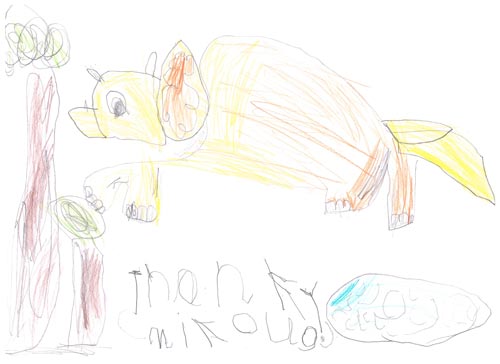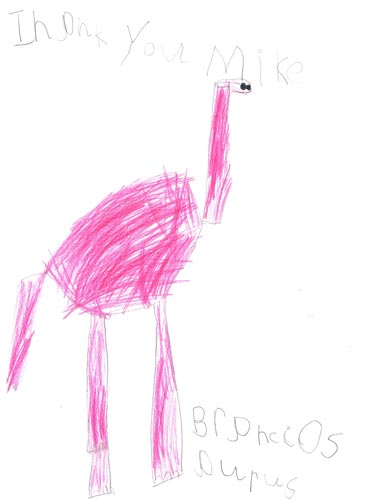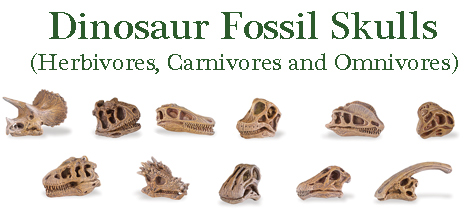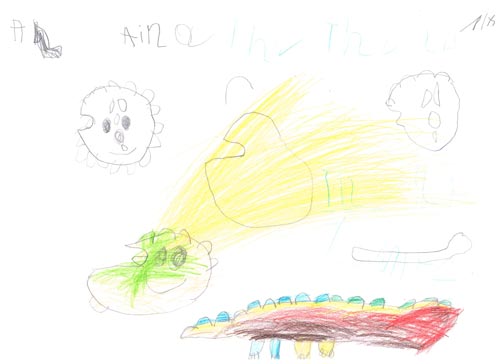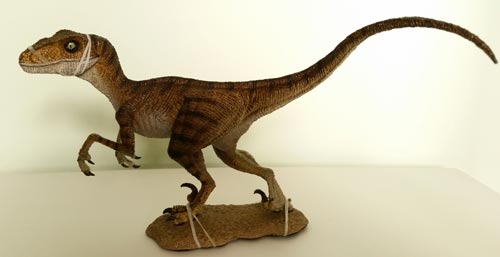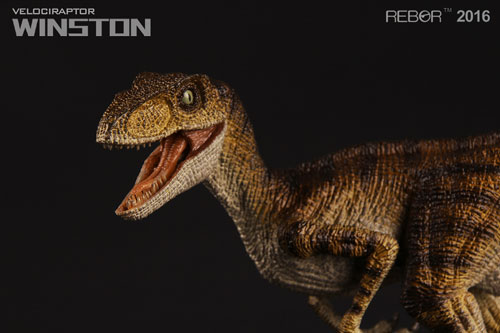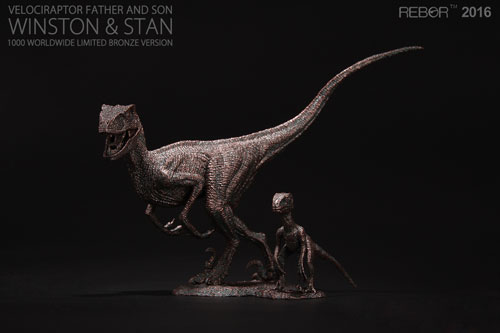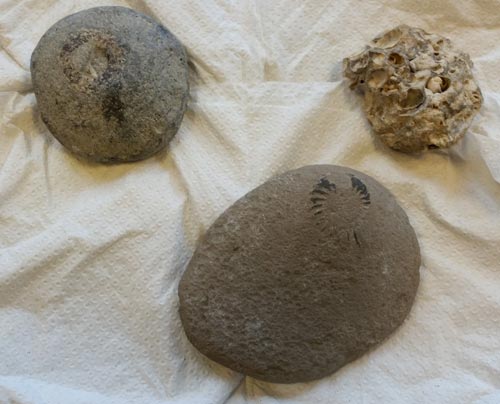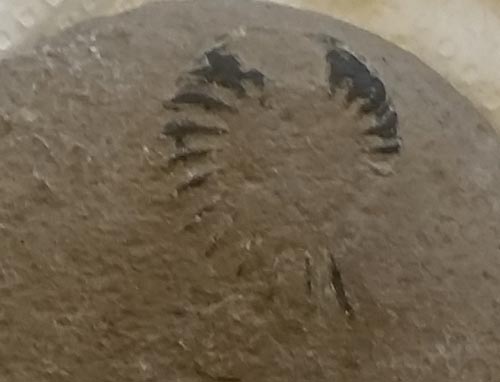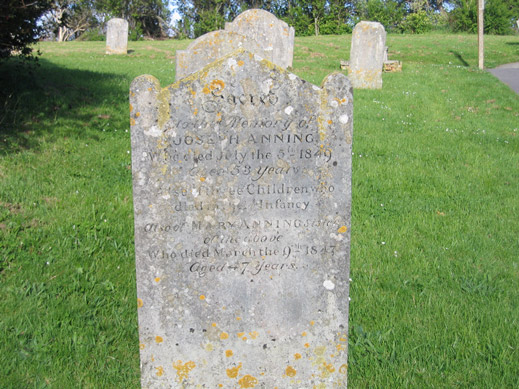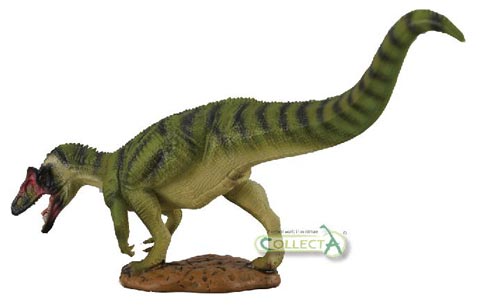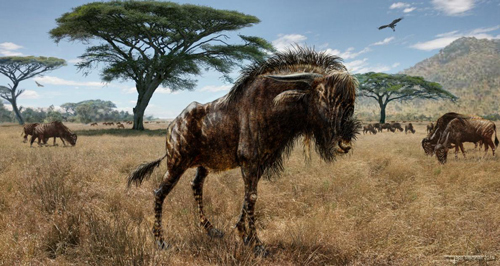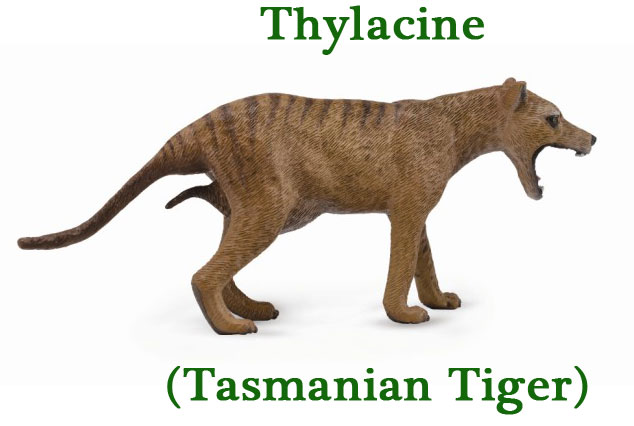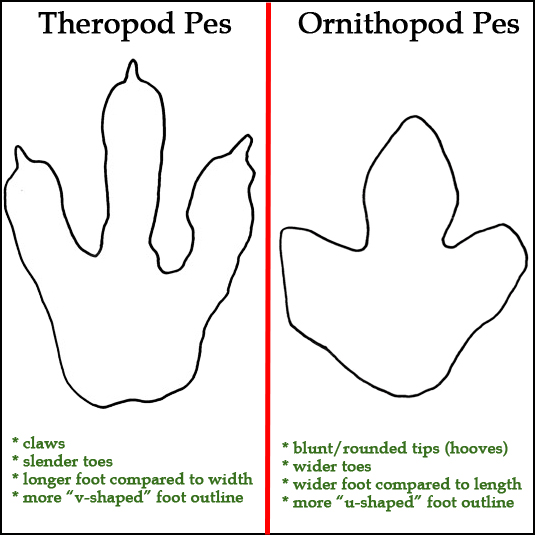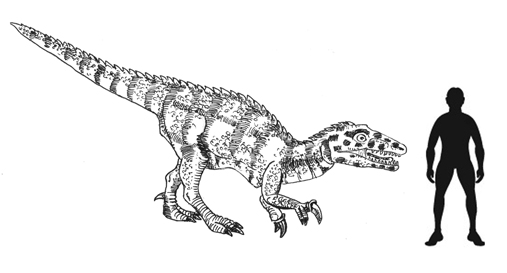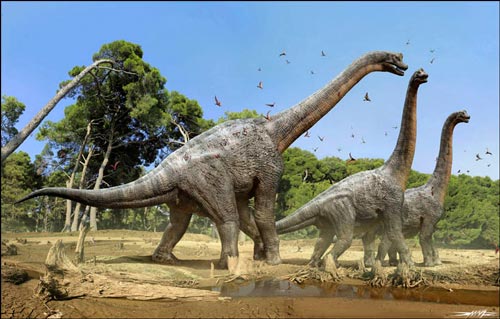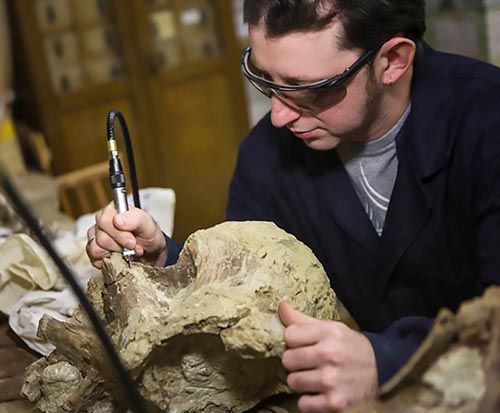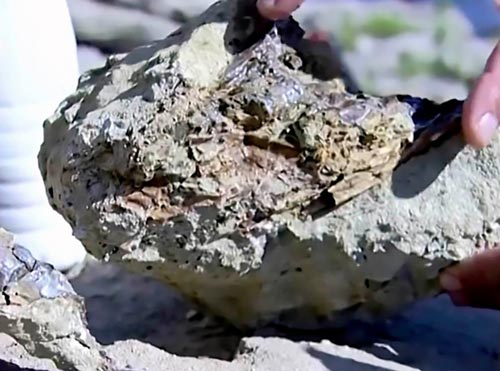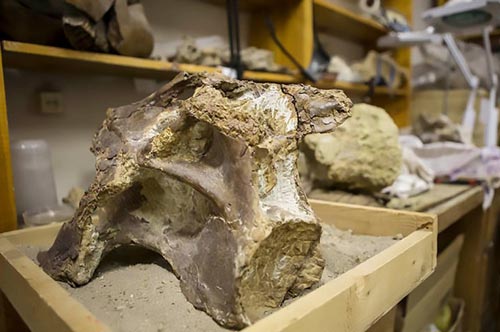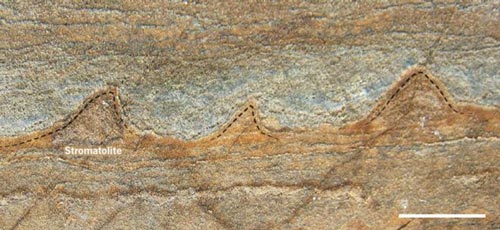Everything Dinosaur Visits Howes Primary School
Dinosaurs “Get Sent to Coventry”
Tuesday was “dinosaur day” for the Key Stage 1 children at Howes Primary school with a visit from Everything Dinosaur to help support the term topic for Year 1 and Year 2 children. This friendly and very welcoming school is located in Coventry (East Midlands), however, thanks to the unseasonably warm weather, Coventry felt more like Copacabana beach as noon temperatures touched thirty degrees Celsius.
Noel, the helpful Site Manager, had the forethought to open the windows in the spacious hall where we were working and despite the heat, the children learned that just like stones, most fossils feel cold when you first touch them.
Dinosaur Workshop
The Children in Year 1 Gave our Dinosaur Expert some Wonderful Dinosaur Drawings
Picture credit: Howes Primary School (Year 1)
The children in Year 2 were joined by some of the budding palaeontologists from the Hearing Impaired Unit. All the children enjoyed handling the various fossils and learning about the super power of a giant armoured dinosaur.
A Pink Long-Necked Dinosaur
Picture credit: Howes Primary School (Year 1)
Everything Dinosaur
The Year 1 and Year 2 teachers asked us to help them by providing information about carnivores, herbivores and omnivores. A number of the children demonstrated considerable pre-knowledge regarding dinosaurs and the extension resources we brought with us should support the teaching team and their scheme of work. On returning to the office, our team member who visited the school, prepared a couple of extra exercises aimed at supporting this section of the curriculum.
These resources and materials were emailed over to the teacher. They also recommended a set of dinosaur skulls that featured omnivores, carnivores and herbivores along with other prehistoric animal themed teaching resources to help support learning.
A Set of Dinosaur Skulls – Helpful for Omnivore, Carnivore and Herbivore Sorting Games
Picture credit: Everything Dinosaur
The dinosaur skulls and other useful Key Stage 1 teaching resources can be found here: Safari Ltd. Wild Safari Prehistoric World.
After our busy morning exploring dinosaurs, the Year 1 teacher presented us with a selection of colourful dinosaur drawings that her class had created. We shall pin up these pictures onto our warehouse wall, they will cheer us up as we study fossils.
Colourful Prehistoric Animal Drawings from Year 1 at Howes Primary School (Coventry)
Picture credit: Howes Primary School (Year 1)
Our thanks to all the children in Year 1 and Year 2 at Howes Primary, we really appreciate the beautiful prehistoric animal drawings that you created and we are sure, that, thanks to the dedicated teaching team, all the children are really going to enjoy their dinosaur themed autumn term topic.
Visit Everything Dinosaur’s website: Everything Dinosaur.


